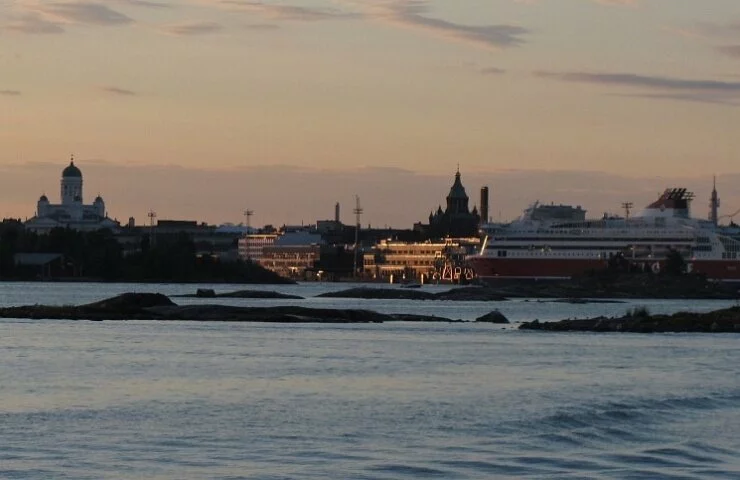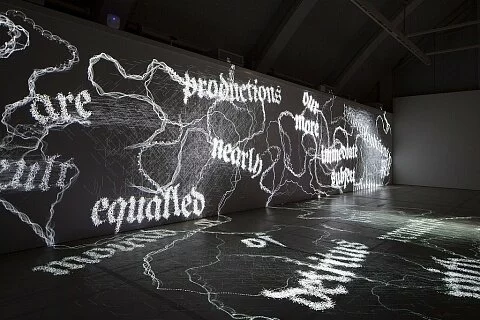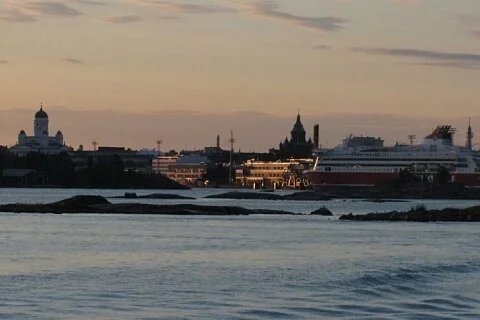There is a widely held belief by locals and travellers alike that Helsinki is – above all else – far from a tourist’s paradise.
Just what to do when visiting Finland’s capital is a question that stumps many holidaymakers. Sure, the city is well-connected by ferries to Sweden, Estonia and Russia; and if you plan to visit Lapland – home to reindeer and the aurora borealis – in the country’s northernmost region, then it’s practically impossible to avoid at least passing through.
Despite what even the most jaded of Finns may utter, the truth is that there is much to see and do in Helsinki, even for those who don’t particularly care for saunas, forests and lakes. While there is certainly nothing as iconic as an Eiffel Tower or Colosseum to make one’s jaws drop in wonderment, the city offers more than just an escape route to other cities.
The best place to start is by walking the streets of Helsinki in order to gain some appreciation of Finland’s history. Street signs are written in both Finnish and Swedish, while Uspenski Orthodox Cathedral, one of the most obvious reminders of Russian influence, all combine to give a sense of just how long and hard the country had to fight for its independence.
Hanging out in Ruttopuisto Park (photo by Mitchell Jordan)
Those who want to give their feet a rest can take in the sights by catching trams 3T or 3B, which offer a free audio tour of the city. Still, it’s worth hopping off at some point to actively engage with a landscape that sometimes seems more like an outdoor gallery. In Ruttopuisto Park, swings hang impossibly high from the boughs of trees for no other purpose than decoration, while at other times their trunks have been completely covered in knitted patterns. Those who prefer to experience art indoors can call in at any number of the impressive galleries, like the futuristic museum of contemporary art, Kiasma or Finland’s largest cultural centre, Cable Factory.
Once a site for the manufacturing of telegraph, electricity and telephone lines from 1942 to 1985, the Cable Factory is today home to 250 up-and-coming and established Finnish artists, bands, schools, theatres and organisations who rent out the many rooms in the towering building that would not be out of place in Berlin. An ever-changing schedule of public exhibitions also makes the space, and the adjoining Finnish Museum of Photography easily accessible.
If all of these suggestions seem tepid, then the snap-happy traveller should head for what is arguably Helsinki’s biggest drawcard: Suomenlinna Sea Fortess, just a short boat ride from the harbour. The fortress, which sits atop a group of eight islands, was constructed under the reign of the Swedish in the mid-eighteenth century and is today a UNESCO World Heritage Site.
It isn’t difficult to see why at least 800 Finns choose to live here permanently: the land is verdantly green, there are ponds and beaches for swimming in, while the sight of the city – in particular the snow-white Helsinki Cathedral hover in the distance close enough to be of comfort, but far away to feel independent. In summer, the sunset sees the world turn an incandescent mauve that is Scandinavia at its finest.
Stepping back into the past at Seurasaari Open Air Museum (photo by Mitchell Jordan).
Critics of Helsinki often point out that it’s all trees and water, as if this is in itself a bad thing. Stressed out Parisians would probably never admit it, but there’s a strong chance they wish they had a lake in the city like Töölö Bay where people of all ages can – and do – sit on the dock and relax with a central railway station only minutes away. When the bay gets too crowded, Seurasaari Open Air Museum, located on an island is only a short bus ride away and offers plenty of space to hibernate in a forest amongst Finnish houses from the eighteenth century.
Töölö Bay (photo by Mitchell Jordan)
Some cities scream their superiority so loud that it can be heard all over the globe. A quiet achiever, Helsinki maintains a modest and unassuming nature that invariably means it will continue to fly under the radar. Yet its pockets of pleasant surprises and imaginative use of city space are definitely enough of a reward for anyone willing to give it a chance.




Leave a Reply